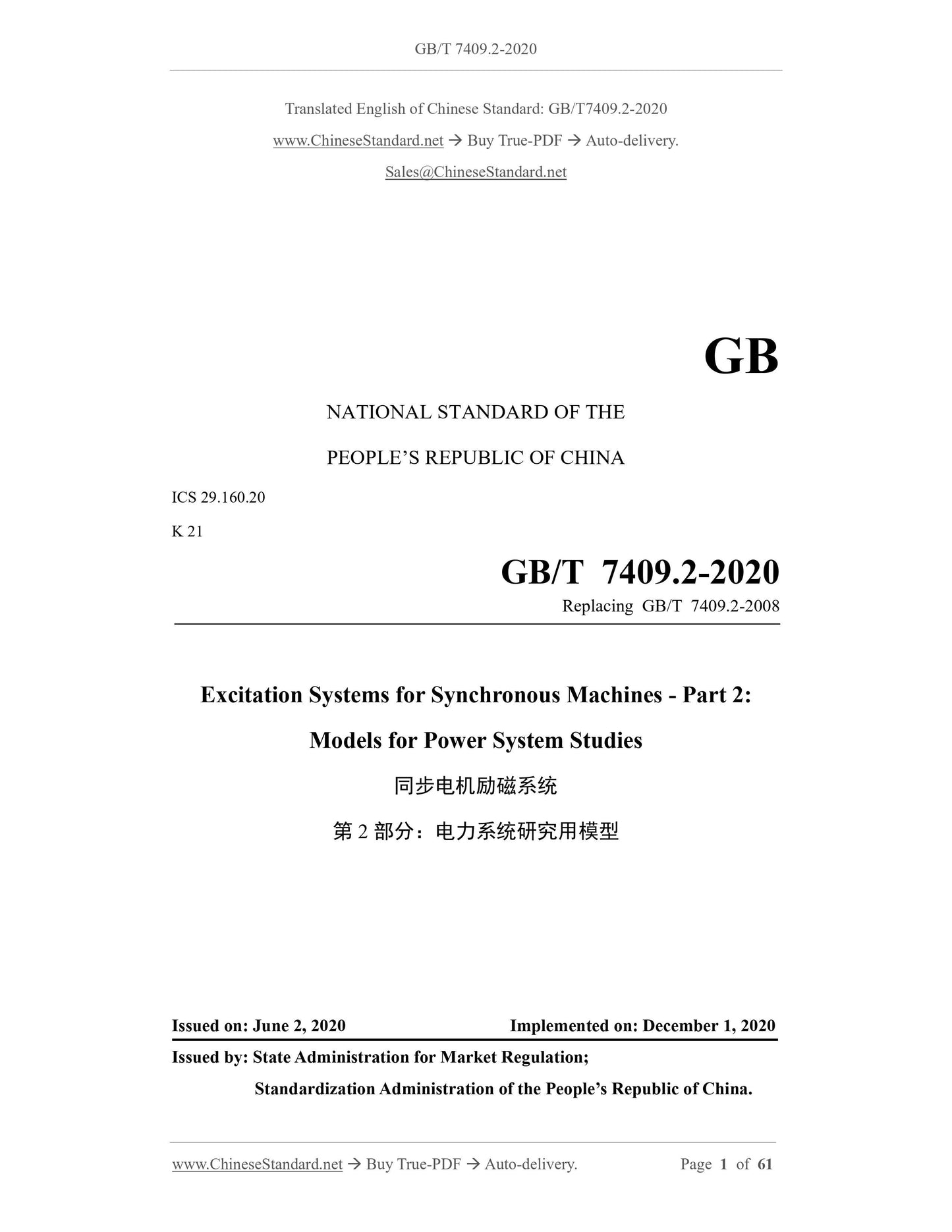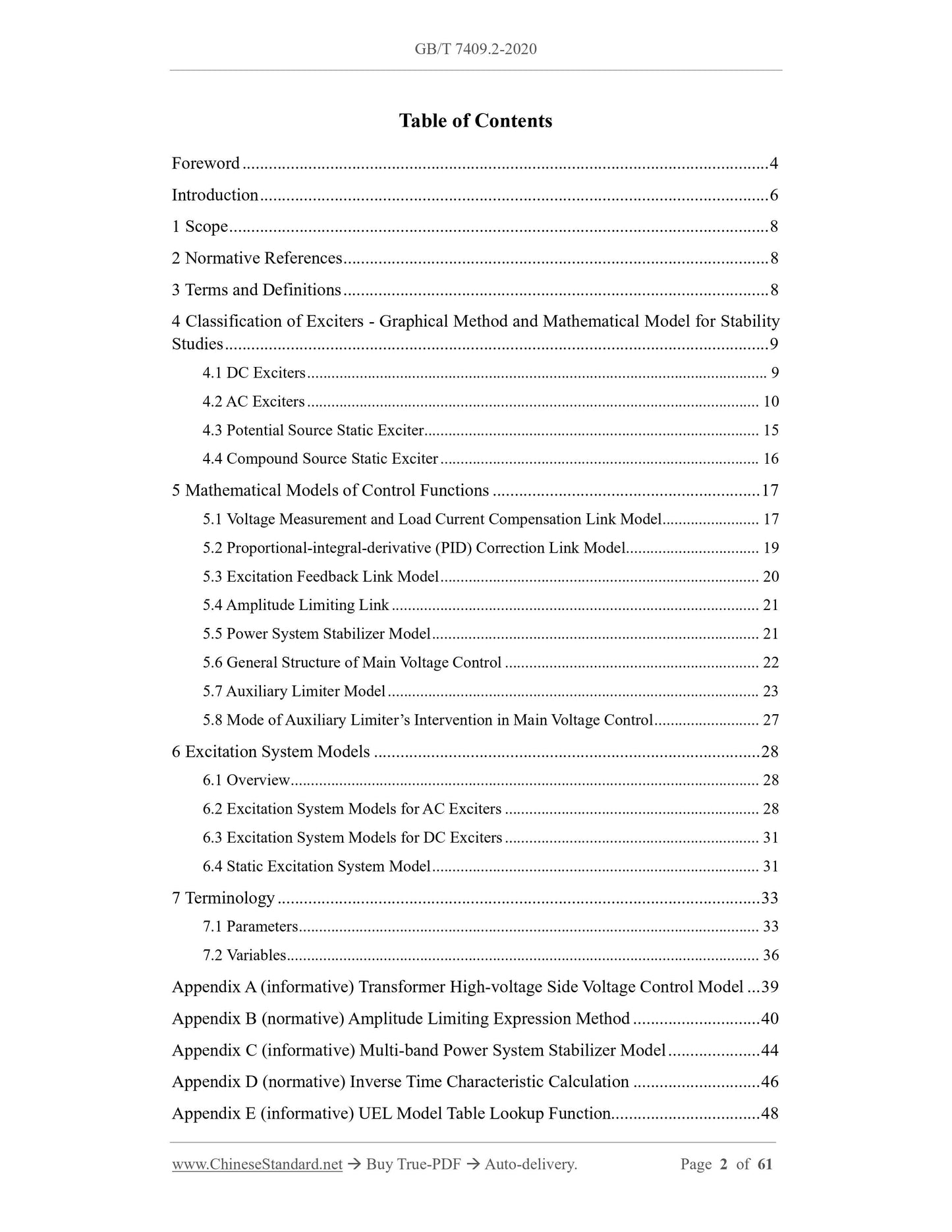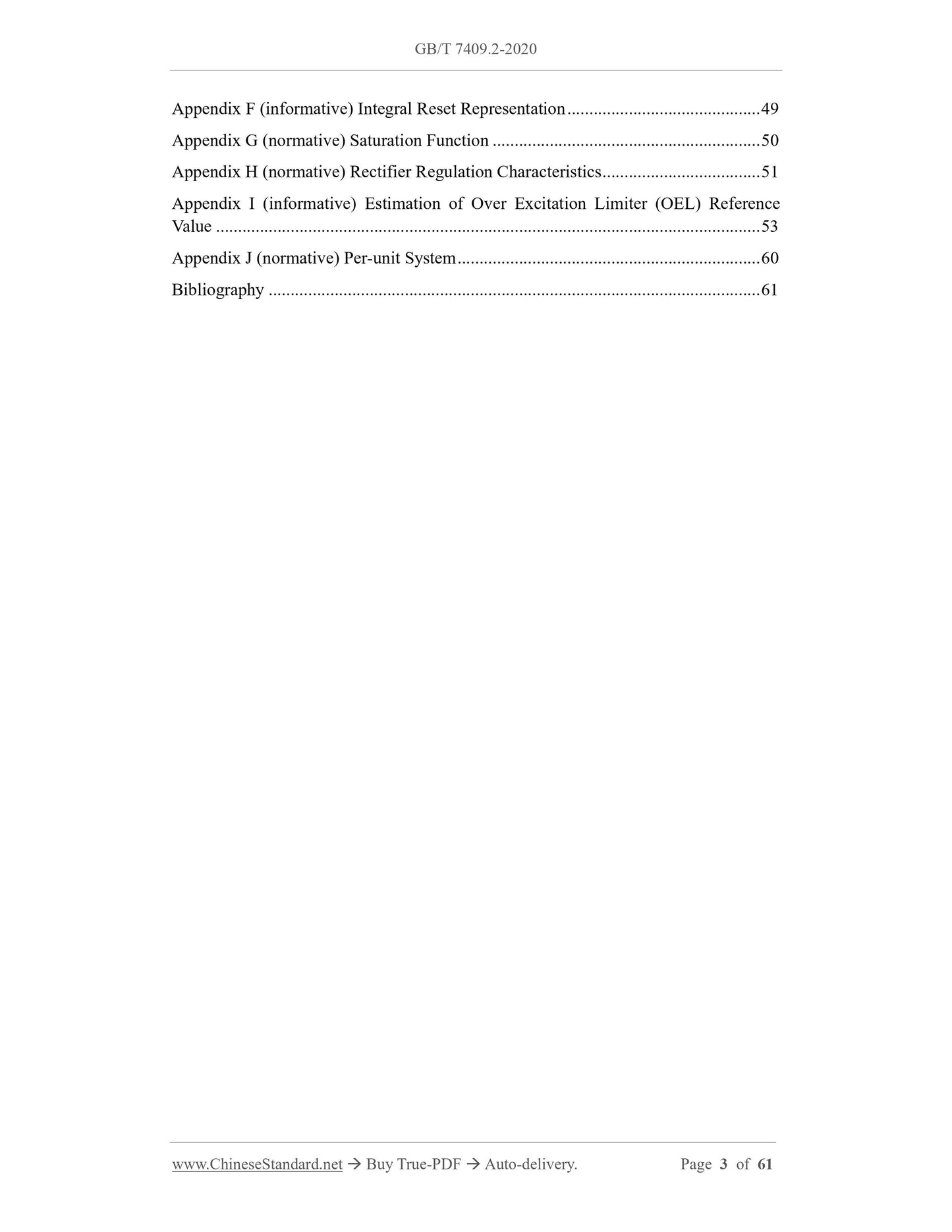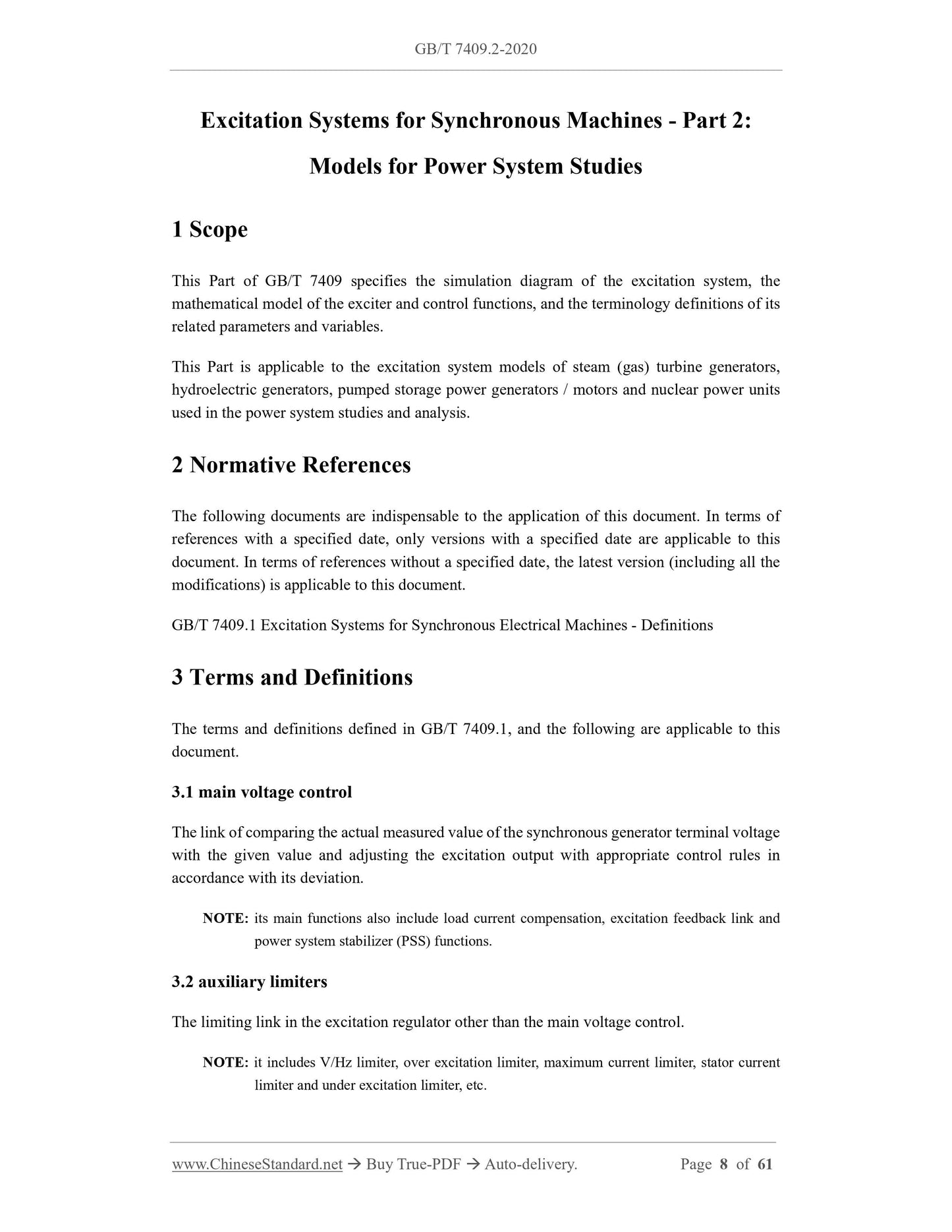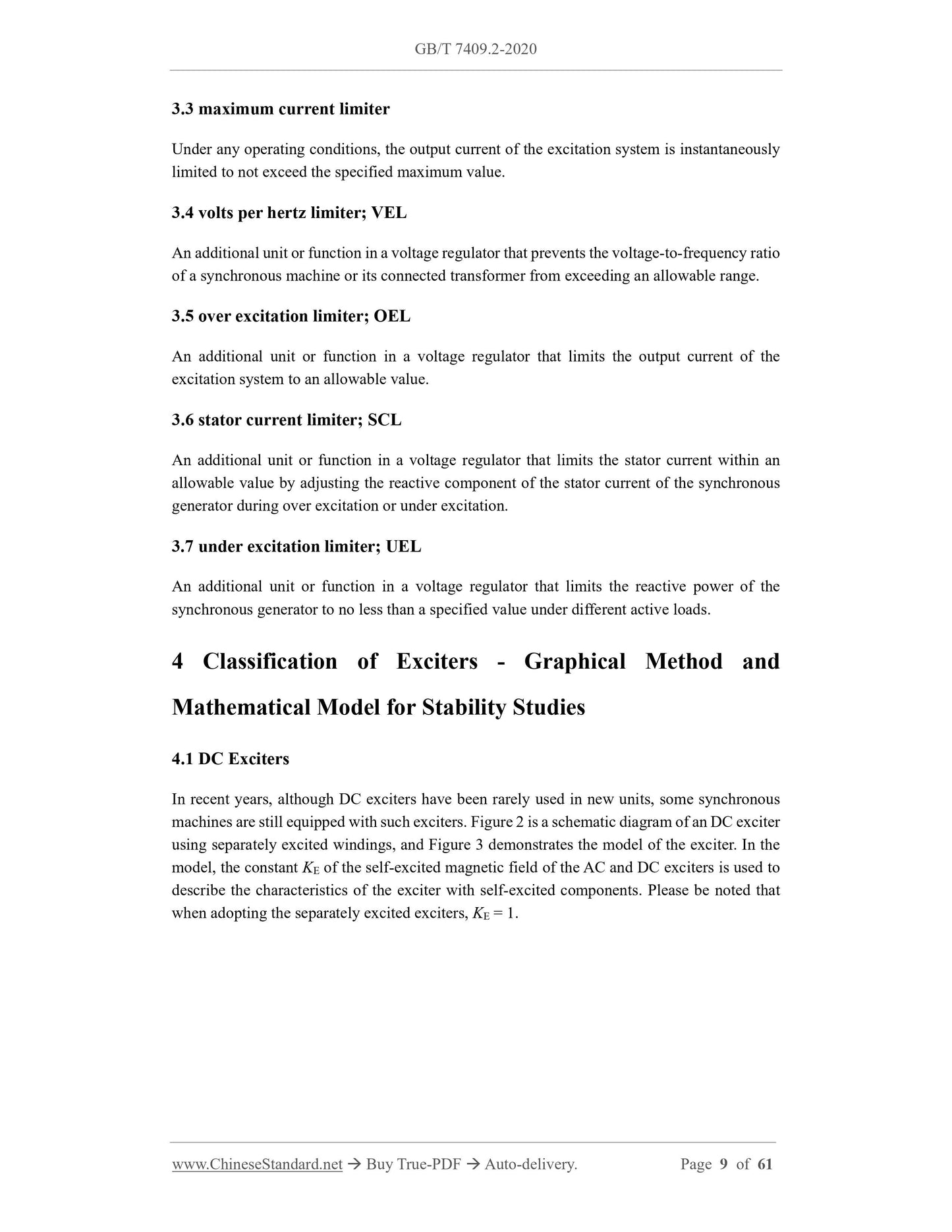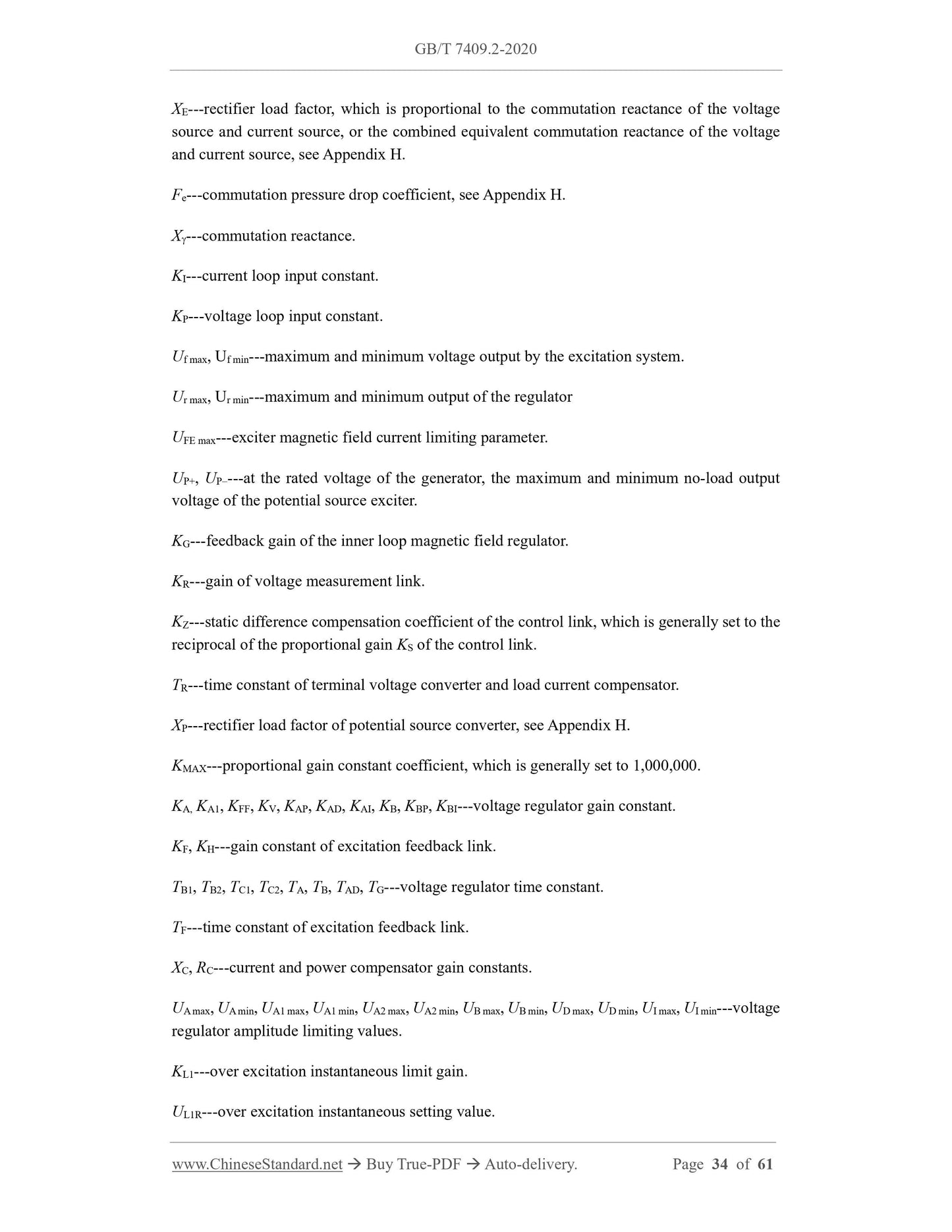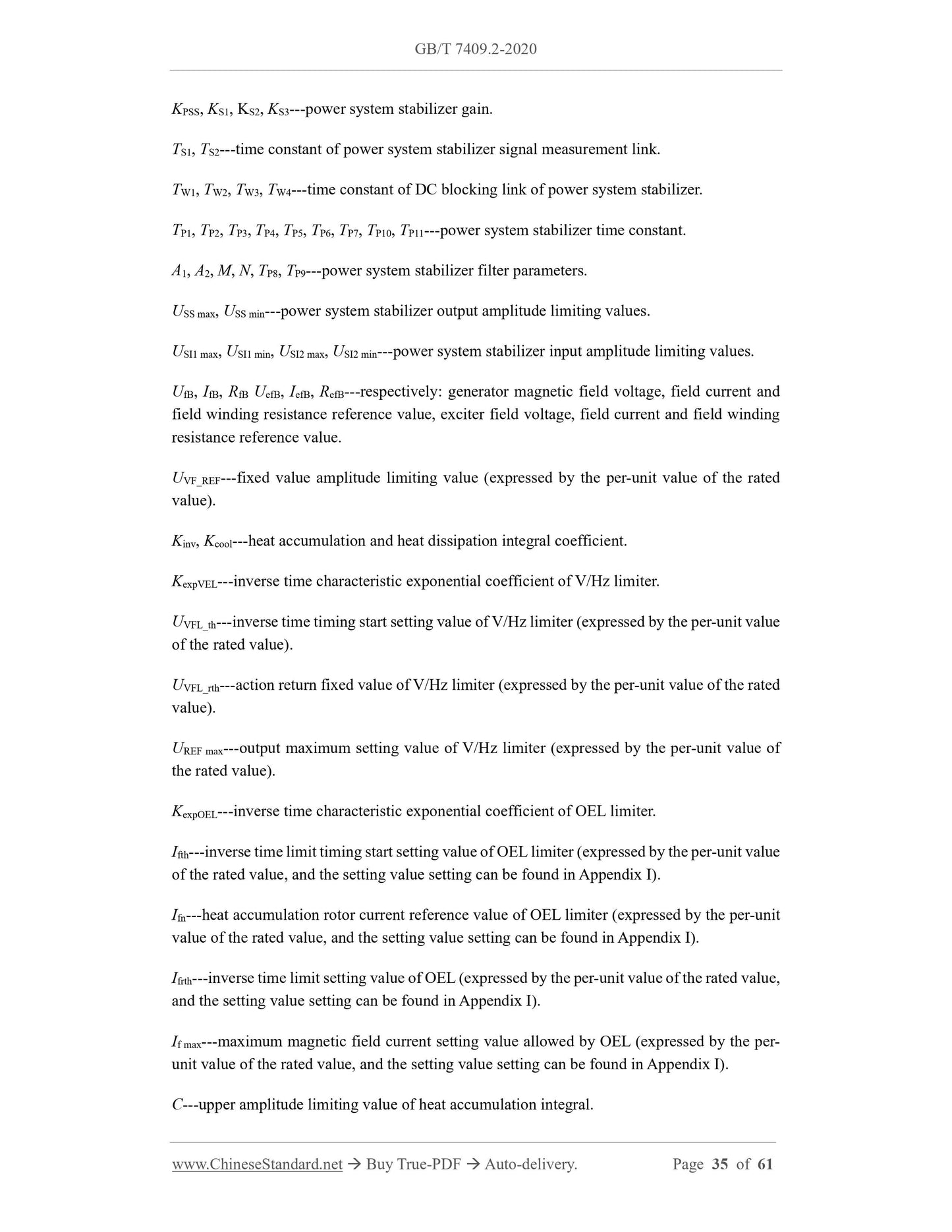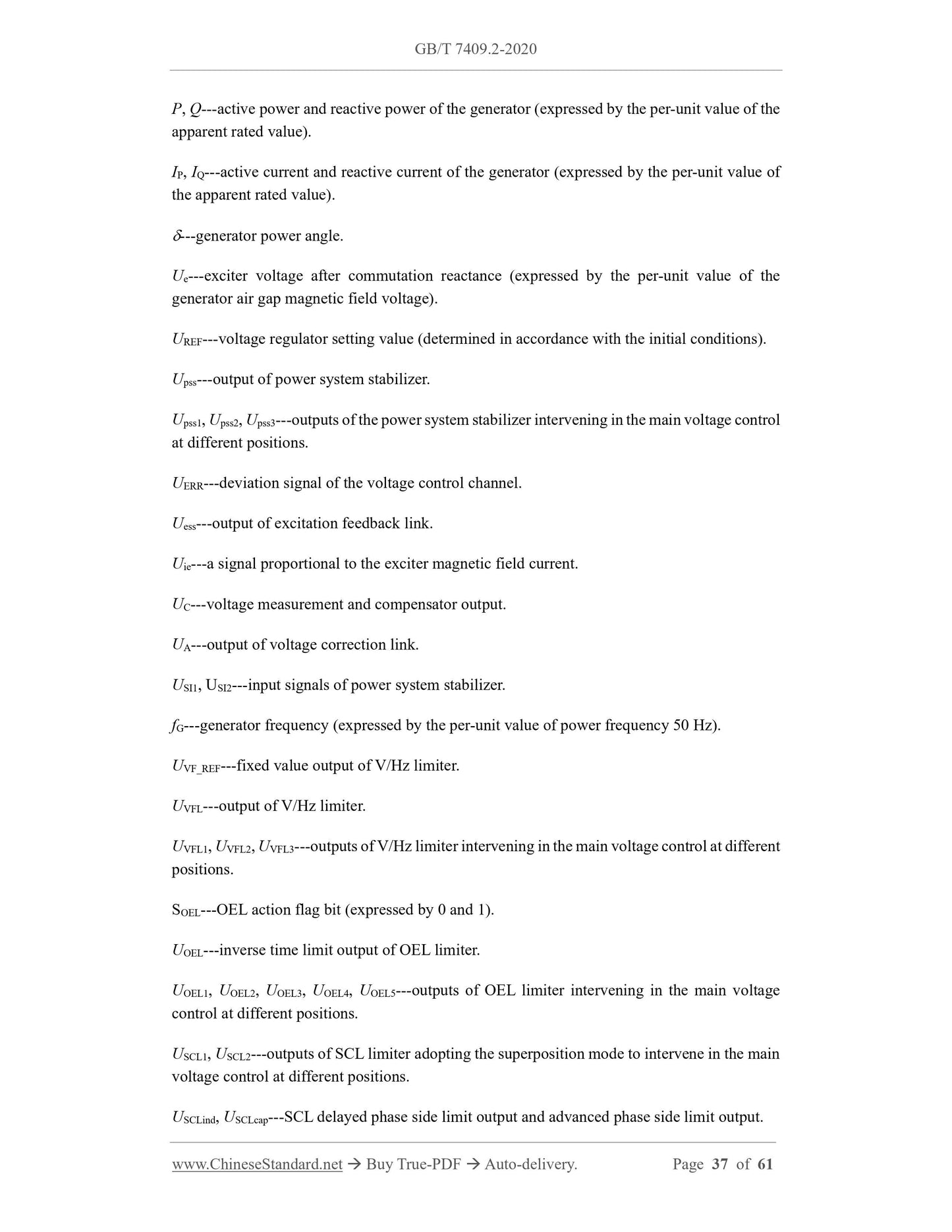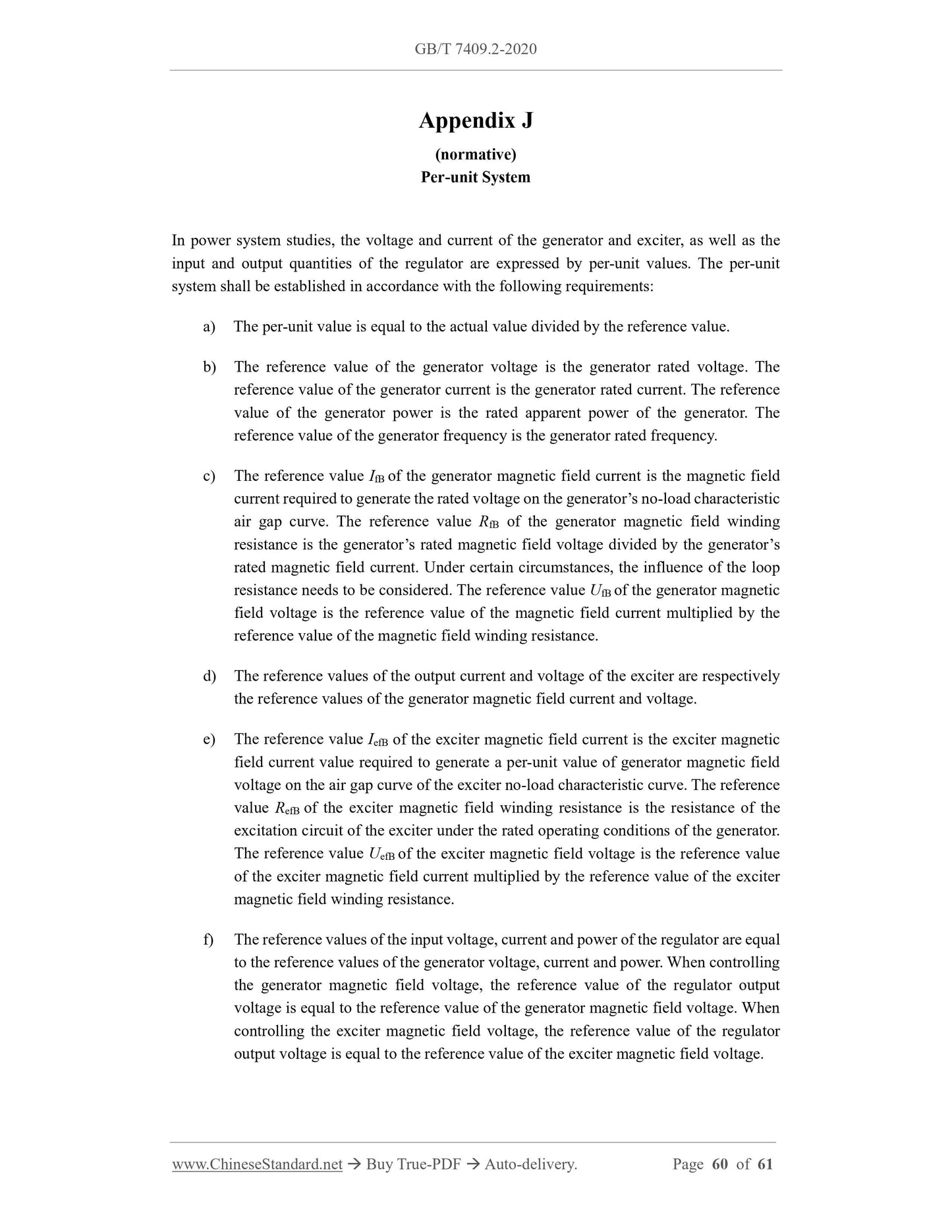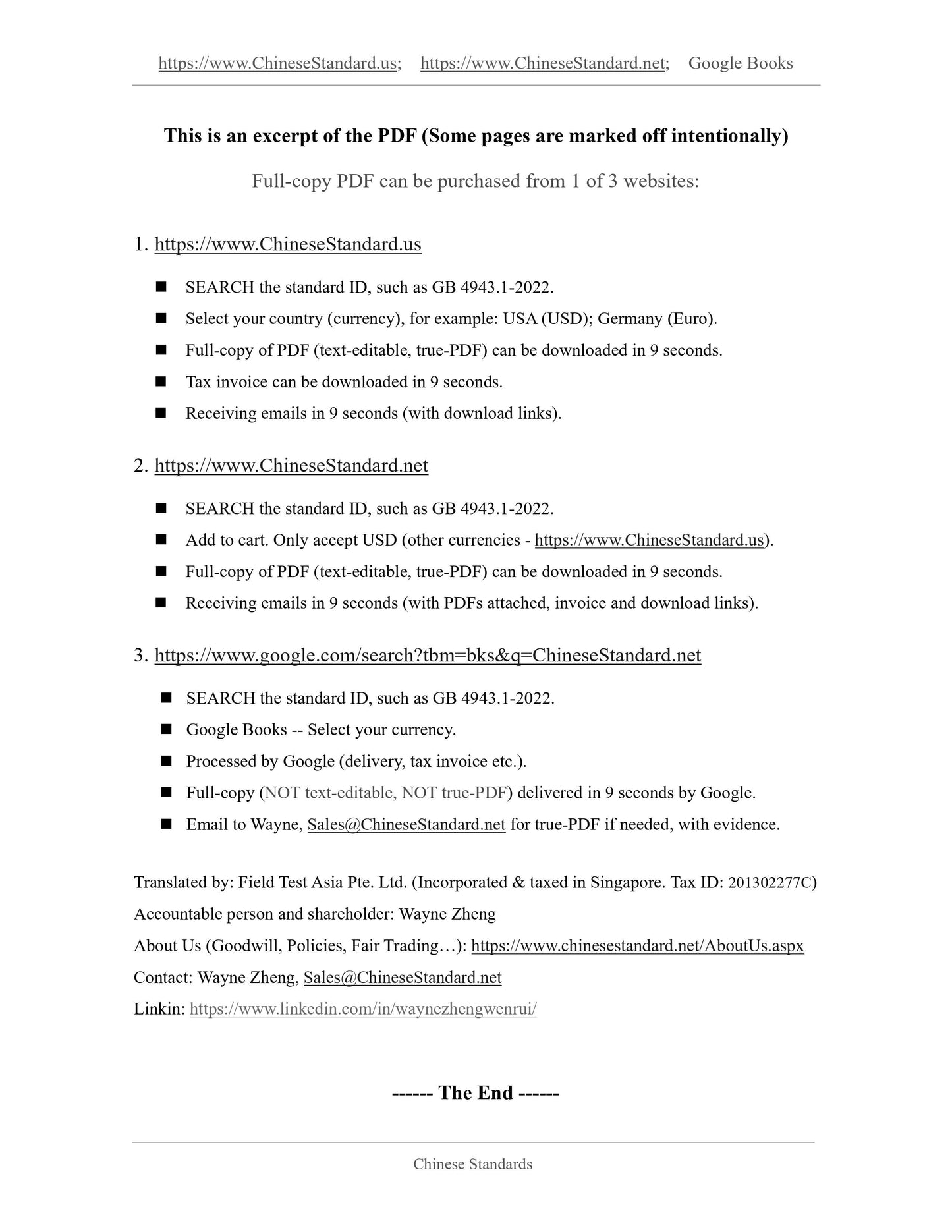1
/
of
10
www.ChineseStandard.us -- Field Test Asia Pte. Ltd.
GB/T 7409.2-2020 English PDF (GB/T7409.2-2020)
GB/T 7409.2-2020 English PDF (GB/T7409.2-2020)
Regular price
$595.00
Regular price
Sale price
$595.00
Unit price
/
per
Shipping calculated at checkout.
Couldn't load pickup availability
GB/T 7409.2-2020: Excitation systems for synchronous machines - Part 2: Models for power system studies
Delivery: 9 seconds. Download (and Email) true-PDF + Invoice.Get Quotation: Click GB/T 7409.2-2020 (Self-service in 1-minute)
Newer / historical versions: GB/T 7409.2-2020
Preview True-PDF
Scope
This Part of GB/T 7409 specifies the simulation diagram of the excitation system, themathematical model of the exciter and control functions, and the terminology definitions of its
related parameters and variables.
This Part is applicable to the excitation system models of steam (gas) turbine generators,
hydroelectric generators, pumped storage power generators / motors and nuclear power units
used in the power system studies and analysis.
Basic Data
| Standard ID | GB/T 7409.2-2020 (GB/T7409.2-2020) |
| Description (Translated English) | Excitation systems for synchronous machines - Part 2: Models for power system studies |
| Sector / Industry | National Standard (Recommended) |
| Classification of Chinese Standard | K21 |
| Classification of International Standard | 29.160.20 |
| Word Count Estimation | 46,488 |
| Date of Issue | 2020-06-02 |
| Date of Implementation | 2020-12-01 |
| Issuing agency(ies) | State Administration for Market Regulation, China National Standardization Administration |
Share
